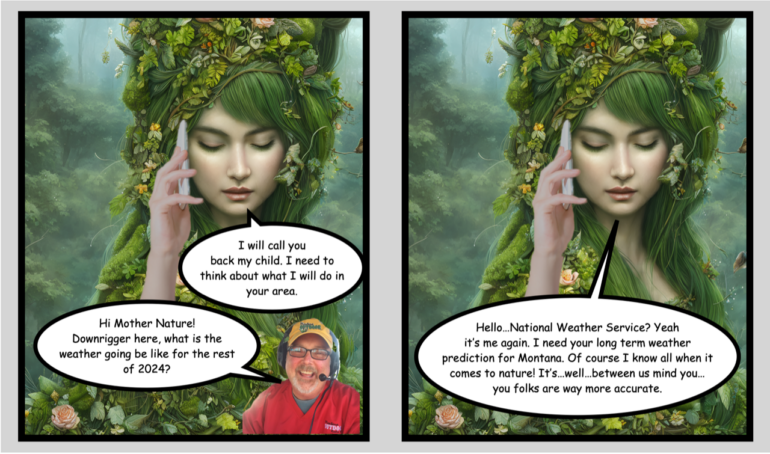Motion capture technology has applications in a wide range of fields, including entertainment, medicine, and sports, to name a few. But what if the measurements these systems were based on were rooted in social practices and biased assumptions, leading to errors that become ingrained over time?
This question is at the heart of new research co-authored by Mona Sloane, an assistant professor of data science and media studies at the University of Virginia. The work is published on the arXiv preprint server.
Sloane and her co-authors—Abigal Jacobs, an assistant professor of information at the University of Michigan; Emanuel Moss, a research scientist at Intel Labs; Emma Harvey, a doctoral student at Cornell’s School of Information Science; and Hauke Sandhaus, a doctoral student at Cornell Tech—use social practice theory as a lens to examine how certain assumptions have become embedded in the design and innovation of motion capture technology through the decades.
Social practice theory, the paper explains, looks at behaviors that can be seen across communities throughout different periods of time, rather than focusing narrowly on an object or individual as a unit of inquiry. This approach allows researchers to uncover the assumptions that are built into technological systems, which can, potentially, reveal the harms these systems could cause.
Sloane and her collaborators conducted a systematic literature review of 278 papers pertaining to motion capture research. They divide this literature into three eras: Foundation, 1930-79; Standardization, 1980-99; and Innovation, 2000-present.
Within those three eras, the authors identify six types of errors—which, they argue, provide critical insights into motion capture practices across the different time periods.
For example, in the first era—where works focused on measuring the human body, which helped lay the foundation for motion capture technology—the analysis cited one study that aimed to identify the ideal design of a cockpit. To do so, the study’s author used the body segment parameters of eight older, white male cadavers, and the resulting measurements soon emerged as the accepted benchmarks used by the U.S. Air Force.
Errors in the measurement of the human body, or anthropometric errors, were common in the Foundation era, the authors find. In the most recent era, errors pertaining to the algorithms used to analyze data are prevalent.
Categorizing and understanding the implications of these errors, and the assumptions they are based on, could have a profound impact on technology and society, the authors contend. For instance, car safety features that were implemented based on crash test dummies designed to resemble an average male body have resulted in higher injury rates for females. This is just one example of insufficient subgroup validity testing leading to harmful outcomes that the paper highlights.
Through their analysis, Sloane and her co-authors devise a template for future research on social practice in the design and use of technologies and also illuminate the poor foundations on which modern motion capture systems have, at times, been built. Their findings point to the many ways in which assumptions have carried across different historical eras, becoming part of the infrastructure of some modern technological systems.
This research is part of a larger project Sloane is leading with Jacobs and Moss on developing artificial intelligence audit techniques for hardware- and sensor-driven systems. This paper was in the top 1% of more than 3,000 papers accepted by the Association of Computing Machinery’s CHI 2024 conference.
Sloane joined the faculty of UVA in fall 2023. She holds a dual appointment with the University’s School of Data Science and the Department of Media Studies.
At UVA, Sloane runs Sloane Lab, which conducts empirical research on the implications of technology for the organization of social life. Its focus lies on AI as a social phenomenon that intersects with wider cultural, economic, material, and political conditions. The lab spearheads social science leadership in applied work on responsible AI, public scholarship, and technology policy.
More information:
Emma Harvey et al, The Cadaver in the Machine: The Social Practices of Measurement and Validation in Motion Capture Technology, arXiv (2024). arxiv.org/abs/2401.10877v1
Provided by
University of Virginia
Citation:
New research examines how assumptions affect motion capture technology (2024, January 22)



